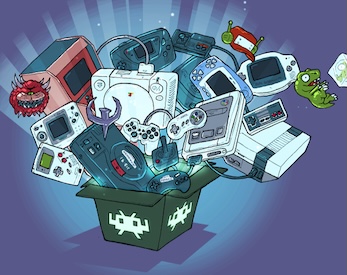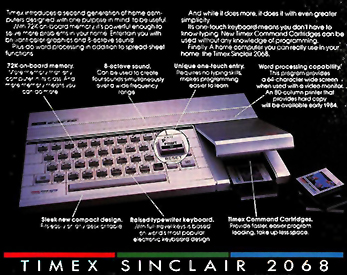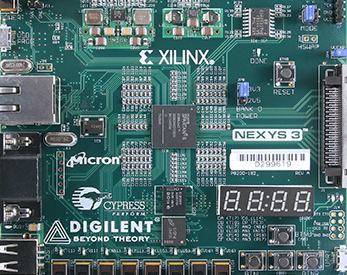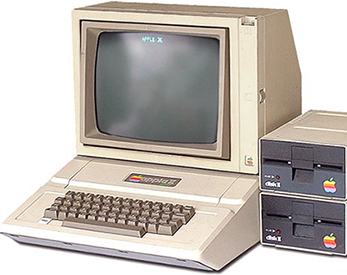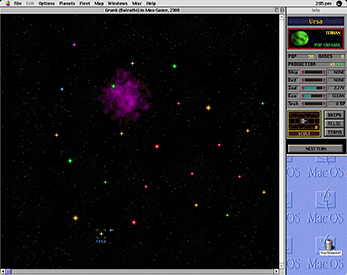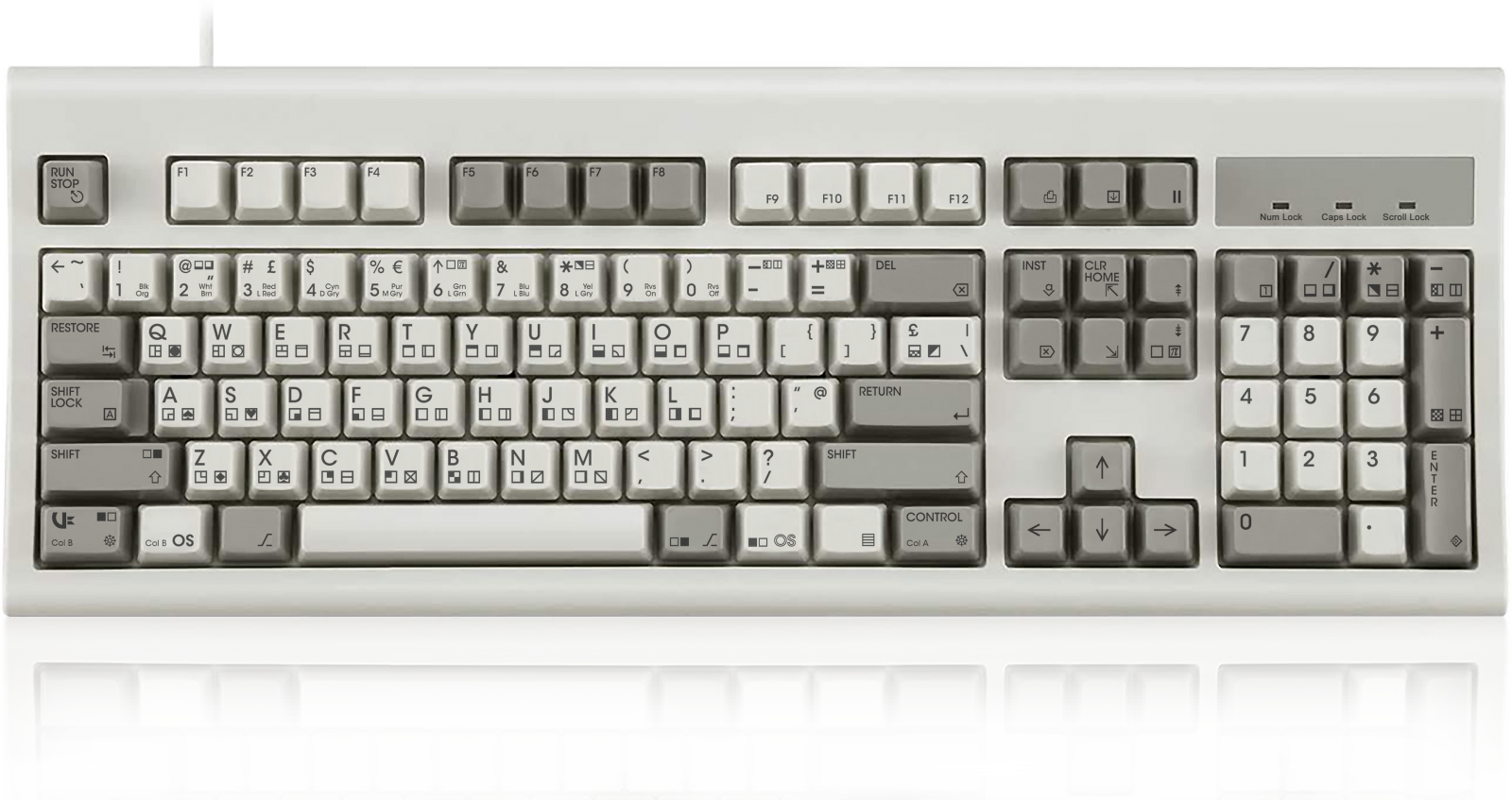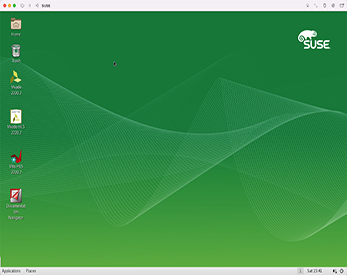Emulation and virtualization on iPad in 2025
On a personal level, the last 12 months have been a lot. I stopped posting weekly updates back in June 2024 and I’ve been posting on an ad hoc basis since then. This probably explains why I missed the news that in April 2024 Apple approved retro console emulators in the App store; a decision that it subsequently updated to include retro computer emulators. I also missed that in the same month AlStore PAL, an alternative app store, launched in the EU; and while there was initially a small annual fee, a grant from Epic Games means that it’s now free. This is game-changing for emulation and virtualization on iPads (and to a lesser extent on iPhones too).
Read More






